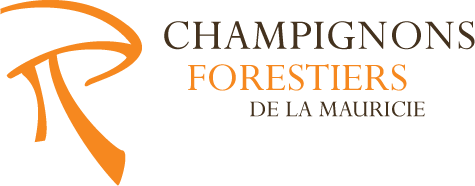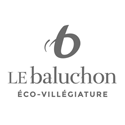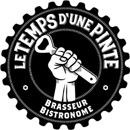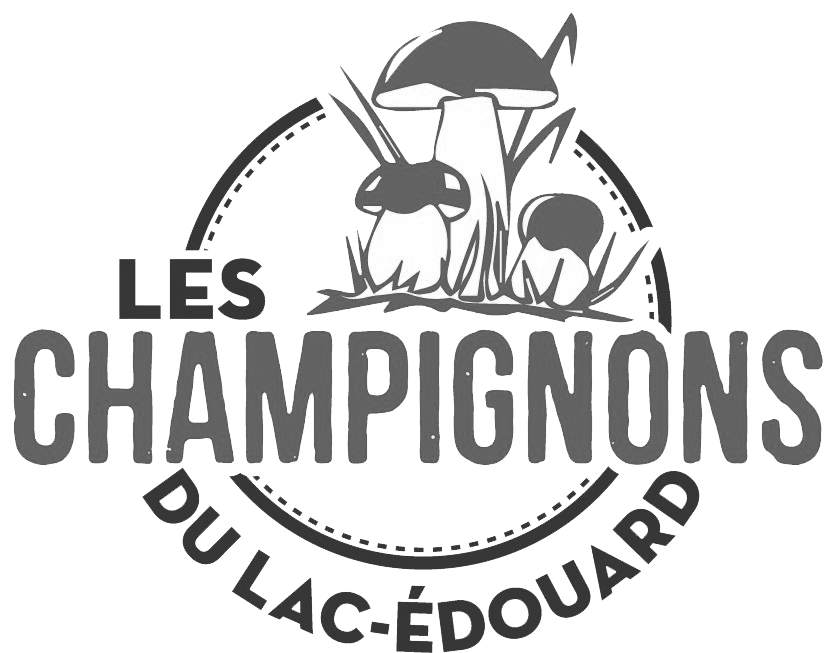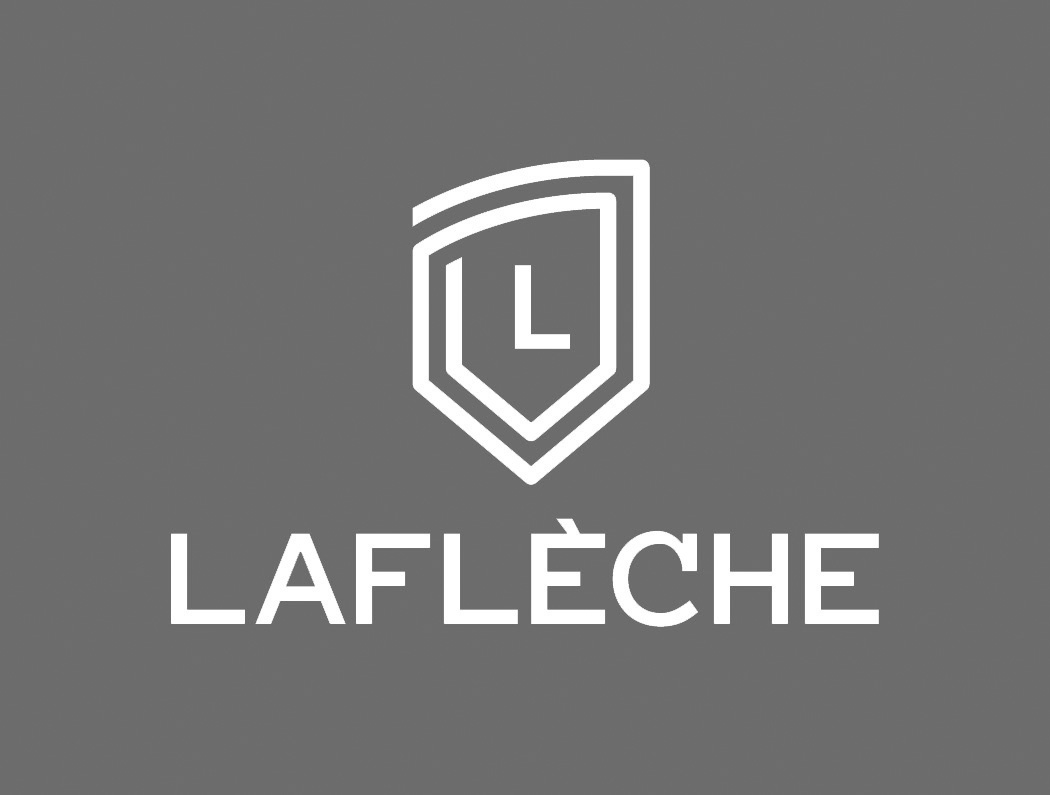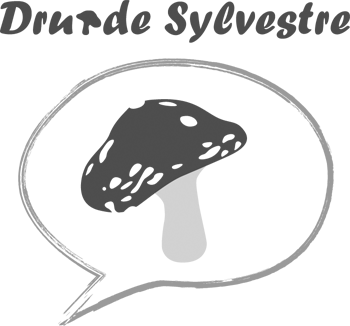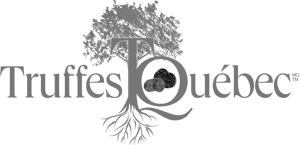
The Large-stemmed Armillaria flourishes in the transitional forest climatic zone. It is common to plantations and stands of white and Norway spruce 3 4; it can also be picked in stands where there are pine, fir and hemlock, from late summer through September. It is rarely found in the boreal forest and only occasionally in the deciduous forest.
It is preferable to harvest at the button stage 5 6, when the quality of the stem’s flesh is comparable to that of the cap. To obtain fruit bodies of the highest quality, it is best to pick these mushrooms as the cap emerges from the ground 5. By the time the cap is fully open 7 and the gills have turned brown, the fruit bodies have lost much of their quality and have become unfit for consumption.
The primordia of this large mushroom originate deep in the ground 3 5 7, lifting the soil as they push toward the surface to spread their caps 7. This underground birth protects them from intense heat and drought. The Large-stemmed Armillaria can be recognized by darker plaques that embellish the cap 12 13 and the large double ring that can be observed on a stem 10 11 that often bulges in the middle. Pale gills become darker as the spores ripen.
The fruit bodies shown here 12 13 were washed under a jet of cold water to remove soil and sand particles. They were then dried to remove surface water and prevent the growth of bacteria and mould 14; so prepared, they are ready to be transported to the market. Many people have fallen in love with the taste of the Large-stemmed Armillaria.
Few flying insects lay their eggs on the fruit bodies of the Large-stemmed Armillaria; however, nematodes and larvae of insects that live in the soil, like the wireworm 15, cause significant damage. In addition, they are occasionally visited by slugs 16. In autumn, various members of the rove beetle family take shelter in these mushrooms 17, apparently without causing any damage, an activity that is also observed in Pine Mushrooms.
Photos: Fernand Miron, Marcel Otis, Valérie Kelhetter et Guy Lefebvre.
Habitats where you can find this species :
Click on thumbnails
to get a larger image
Possible companion species

+
Peck's Russula
Russula Peckii
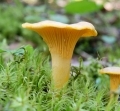
+
Chanterelle
Cantharellus cibarius
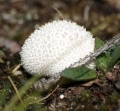
+
Common Puffball
Lycoperdon perlatum

